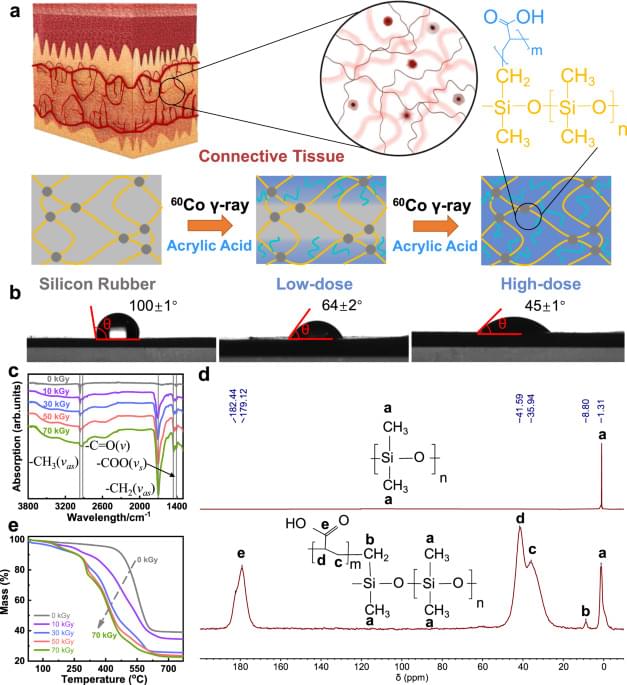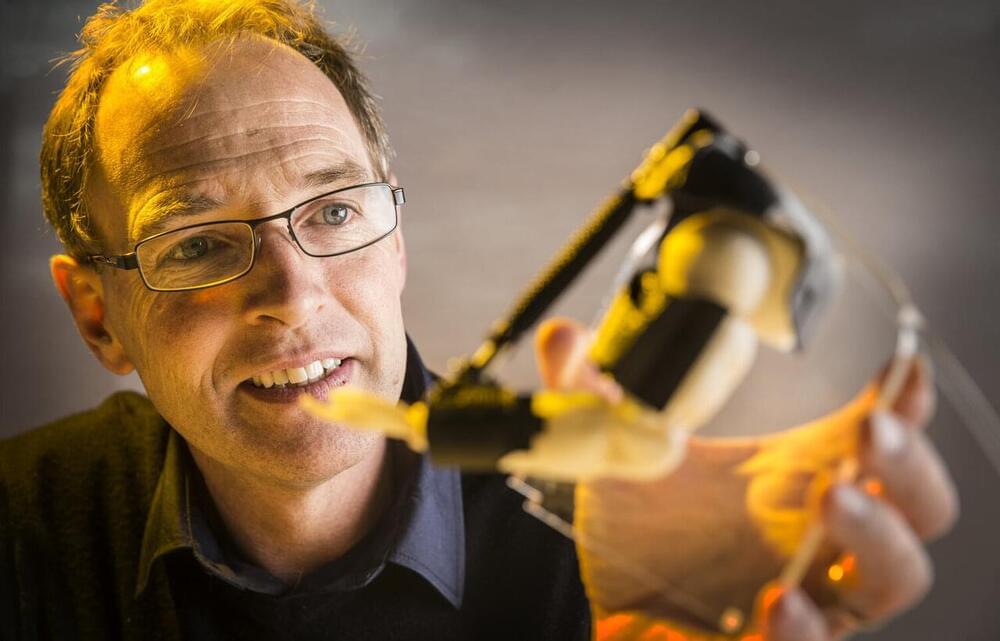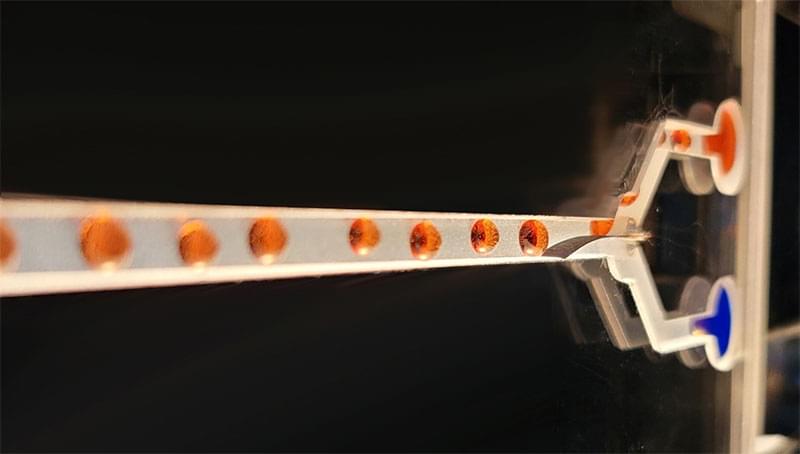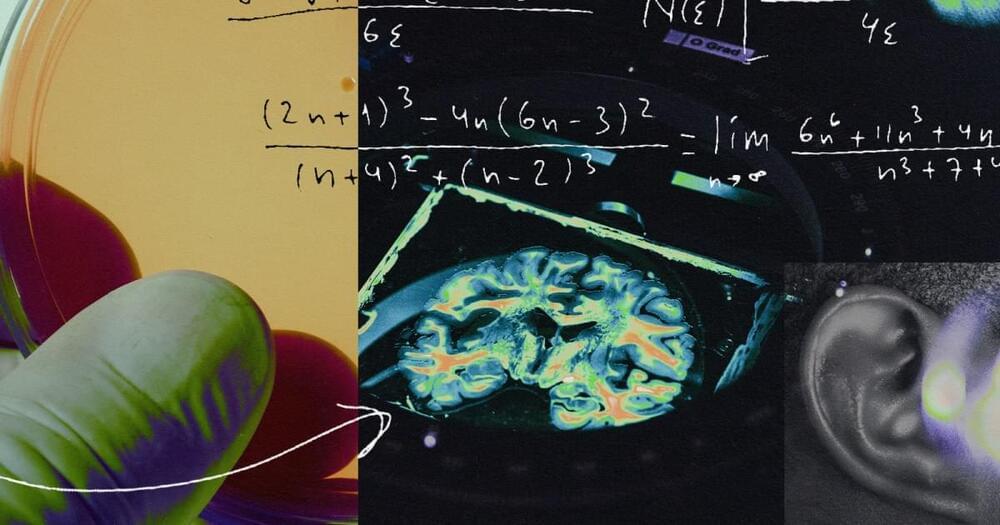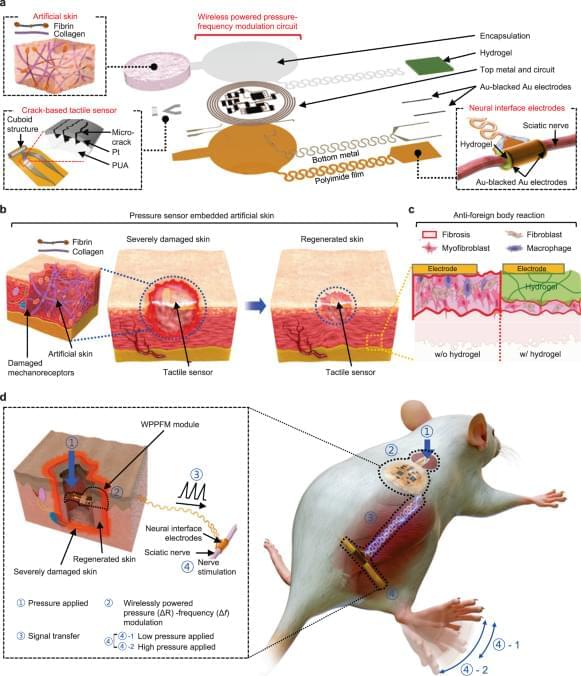Jan 23, 2024
Robotic Breakthrough Mimics Human Walking Efficiency
Posted by Joseph Barney in categories: biotech/medical, cyborgs, information science, robotics/AI
The article repeats itself a bit but there’s some good parts about an exoskeleton, advanced algorithm and bipedal robots and prosthetics. It’ll basically apply to those future industries.
We typically don’t think about it whilst doing it, but walking is a complicated task. Controlled by our nervous system, our bones, joints, muscles, tendons, ligaments and other connective tissues (i.e., the musculoskeletal system) must move in coordination and respond to unexpected changes or disturbances at varying speeds in a highly efficient manner. Replicating this in robotic technologies is no small feat.
Now, a research group from Tohoku University Graduate School of Engineering has replicated human-like variable speed walking using a musculoskeletal model – one steered by a reflex control method reflective of the human nervous system. This breakthrough in biomechanics and robotics sets a new benchmark in understanding human movement and paves the way for innovative robotic technologies.


